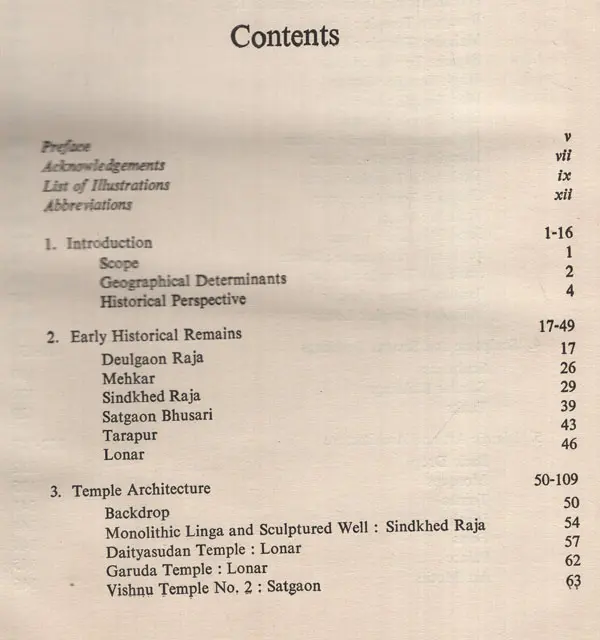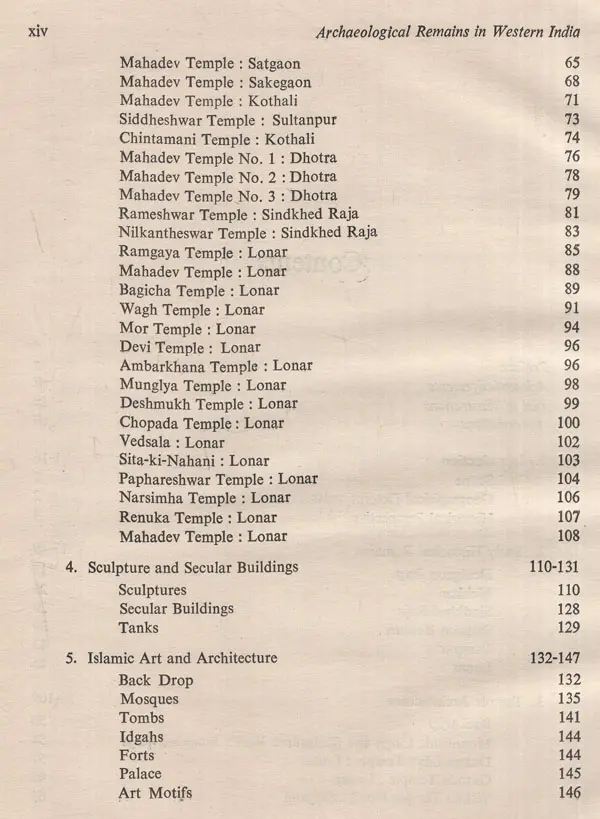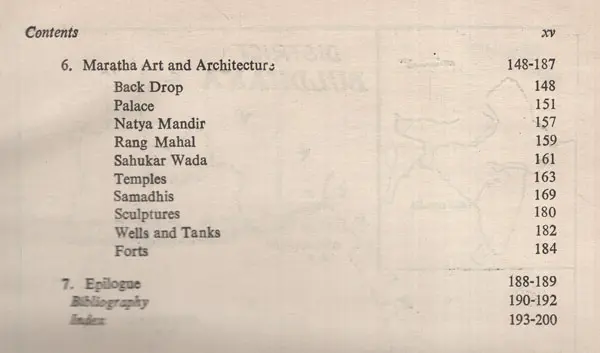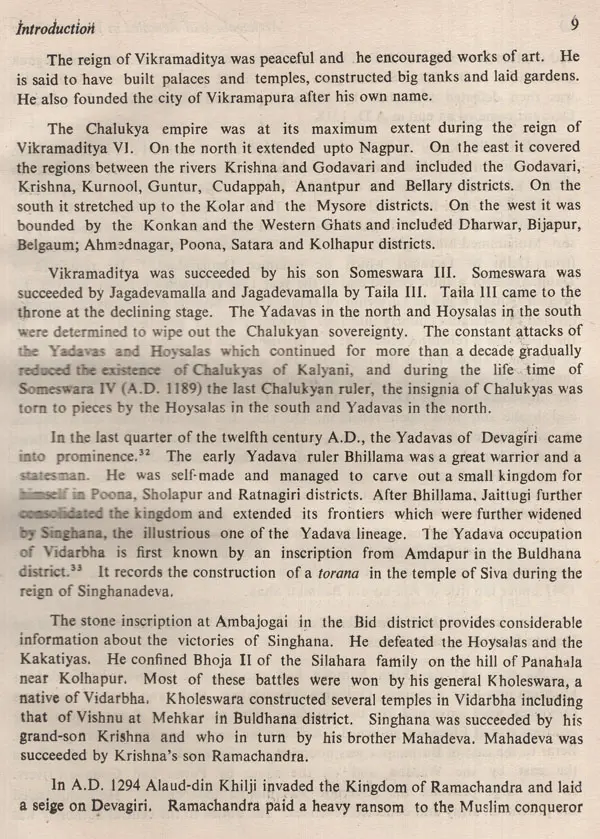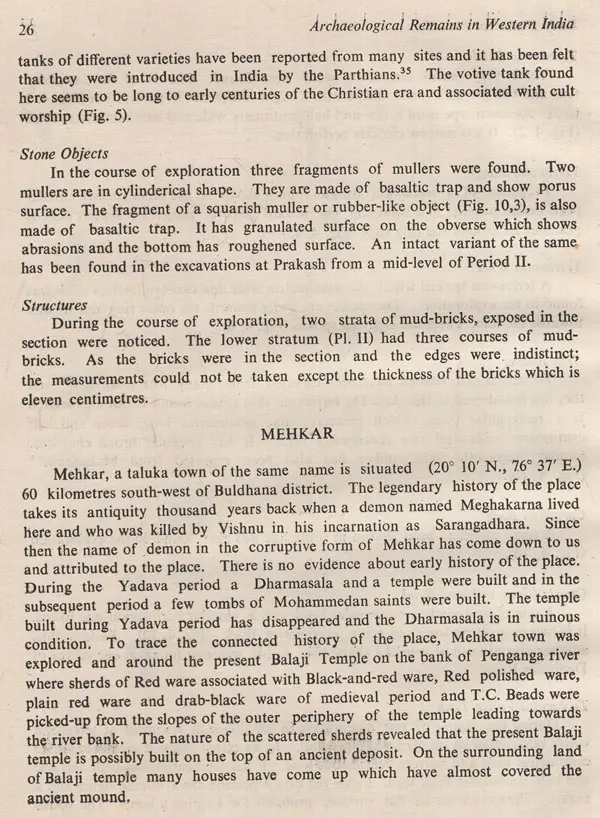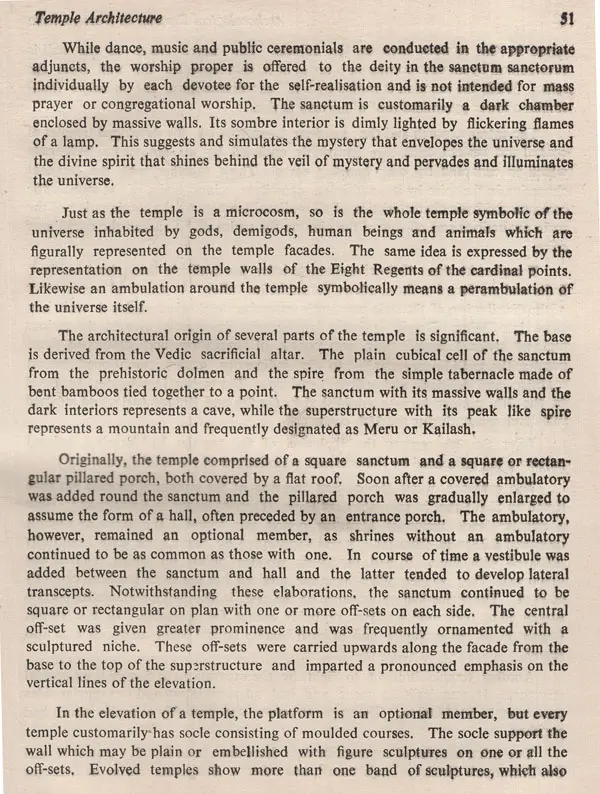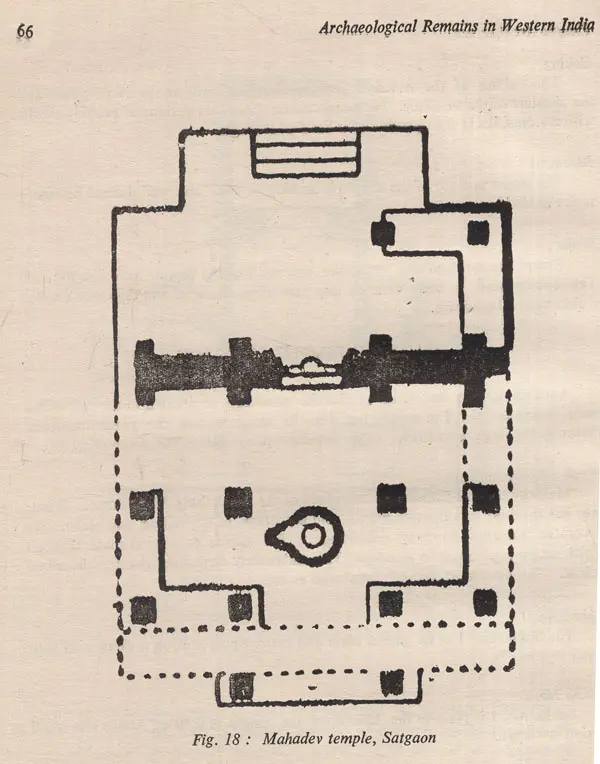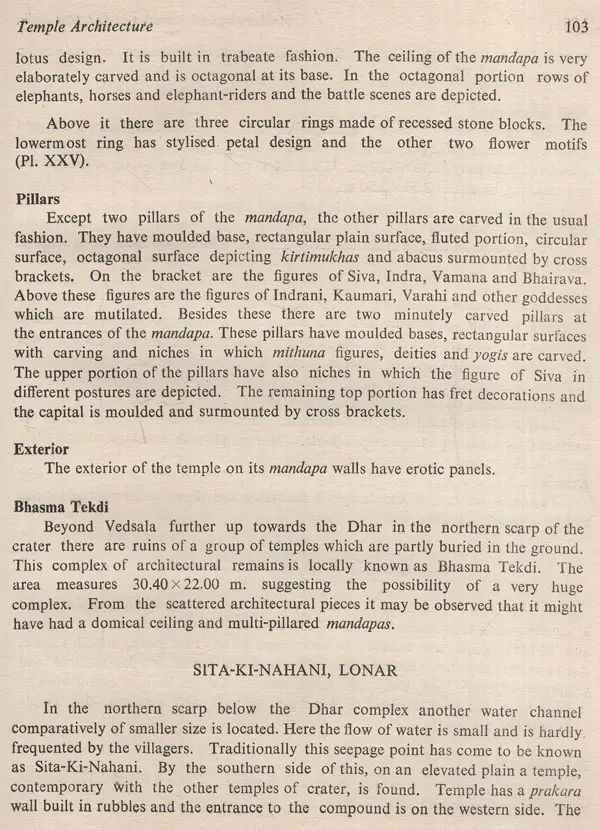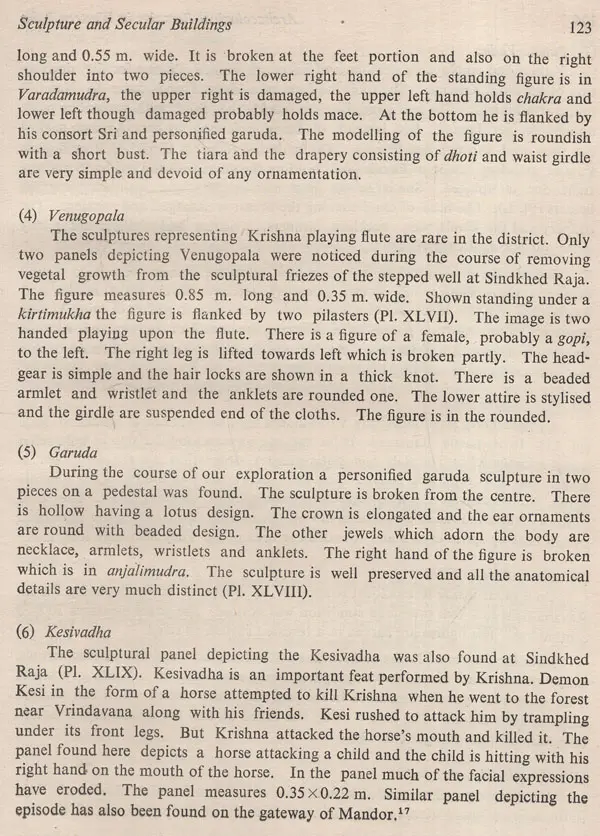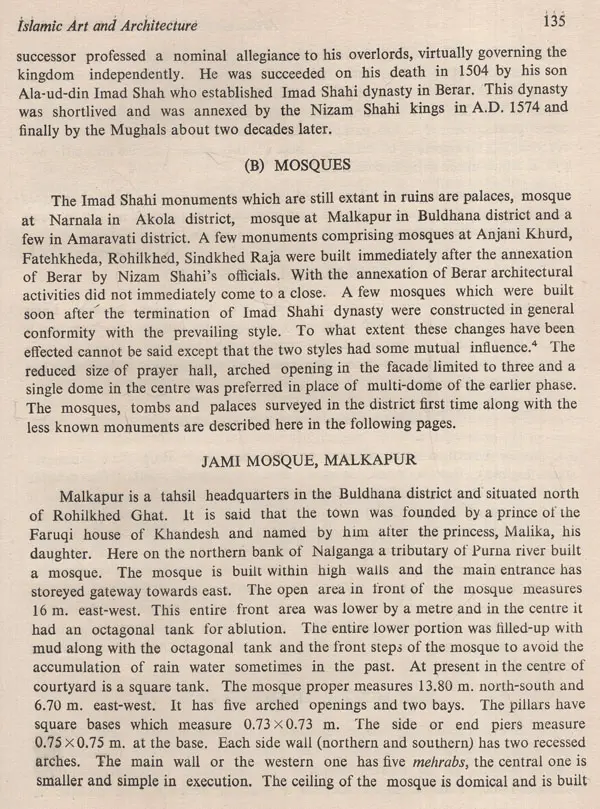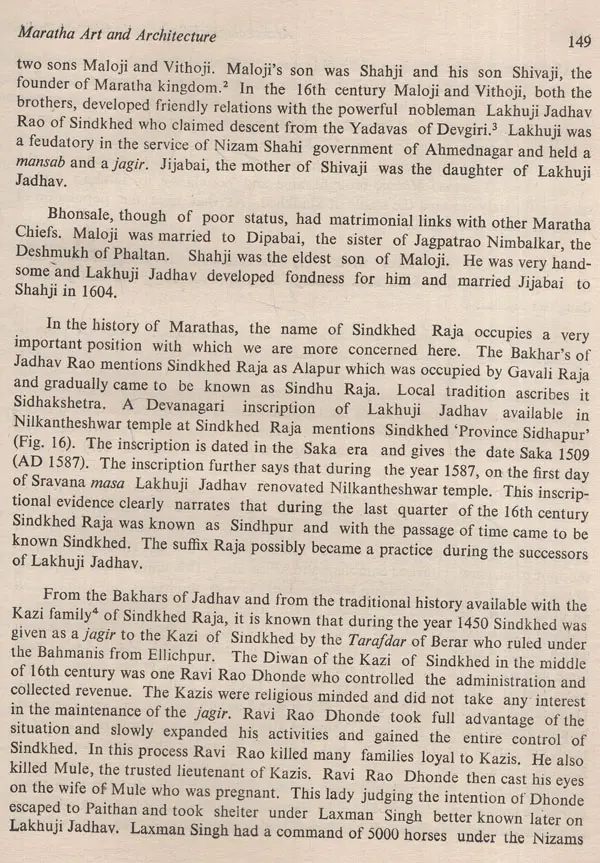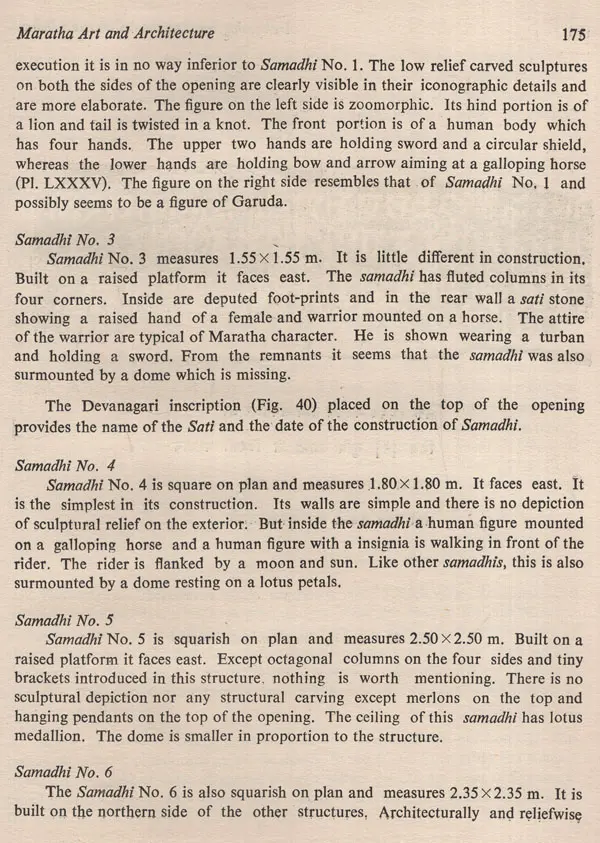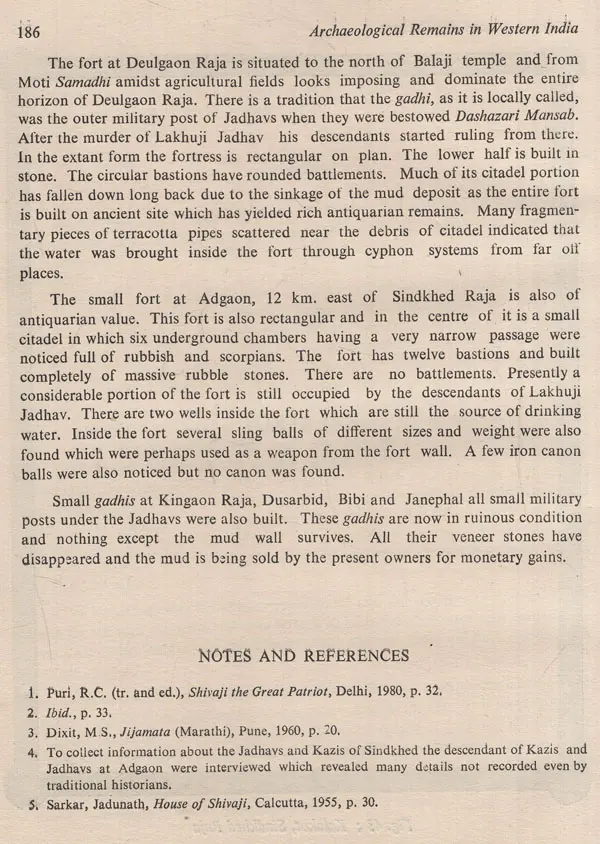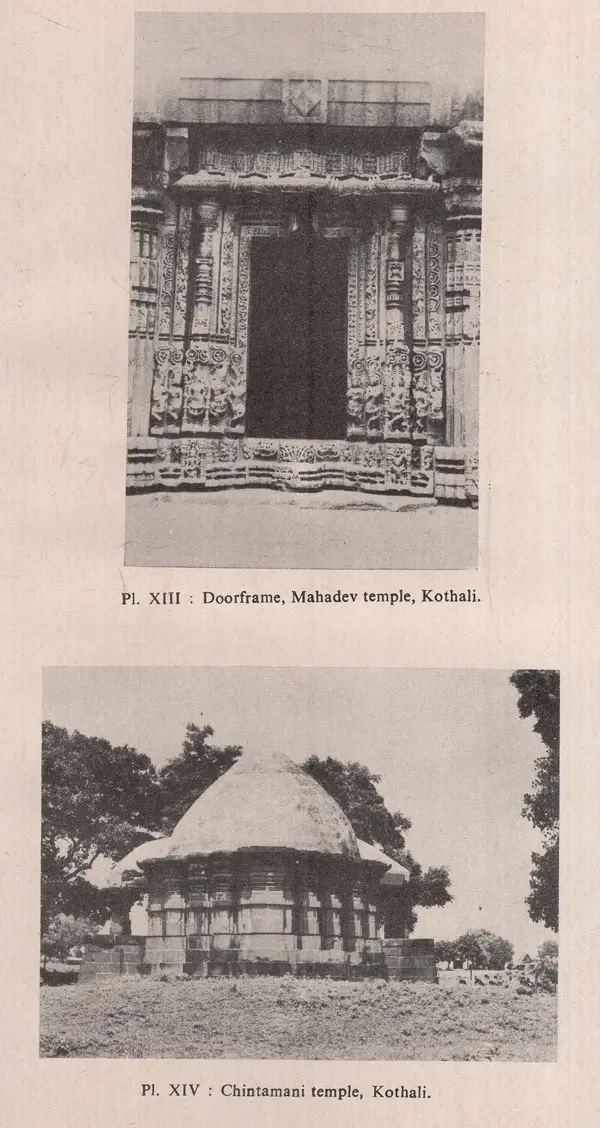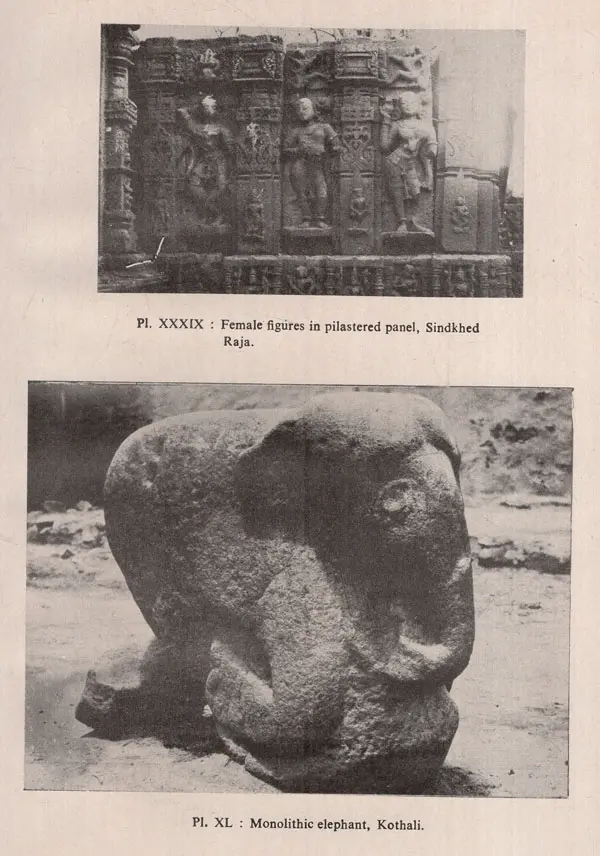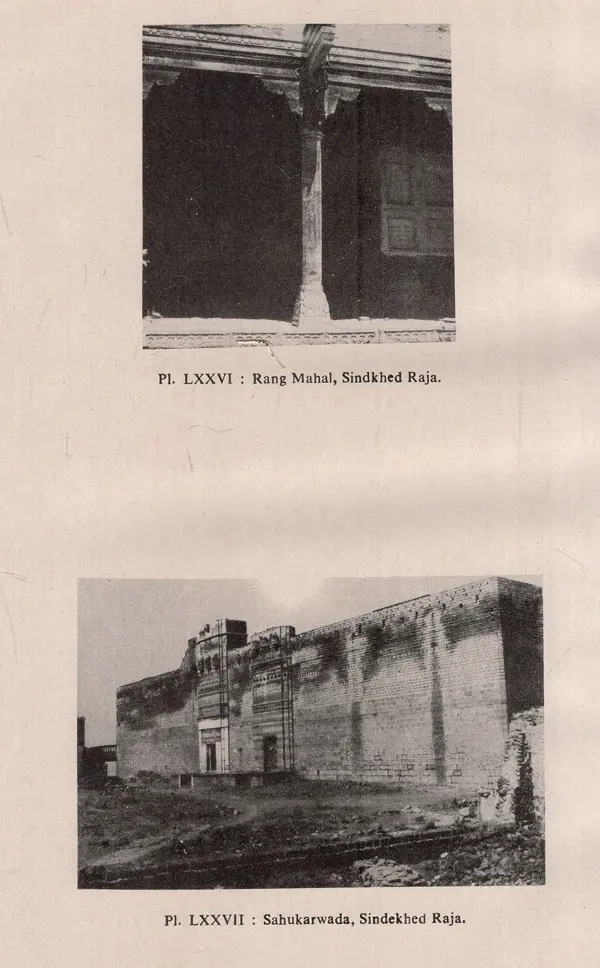About the Book The Deccan which forms the greater part of the western India, has many less known places which have not been studied properly neither their archaeological remains have been brought to the notice of the scholars in a chronological order. Buldhana district is one of them which has suffered due to this neglect. The Antiquarian remains of Buldhana are in no way less important in respect of their variety and in terest. The earliest references about Archaeological remains in Buldhana which is a part of Vidarbha and of old Berar provinces have been brought to the notice by Henry Cousen who compiled a list of antiquarian remains of the Nizam's Dominions, In 1899. The list was prepared in a summary manner and did not provide any adequate idea of the monuments. The present study is inspired by the chance discovery of a group of sculptures at Sindkhed Rajas and explorations undertaken in and around the Berar region. The study mainly deals with the material discovered at many places of early historical period and the monuments from ancient times to Maratha period. The study provides complete chronological picture of the remains scattered in the district. Besides, the present study also brings first time to the notice of the scholars the pre-Shivaji monuments which were hitherto less known.
About the Author Dr. R. C. Aggarwal (b. 1947) obtained his Master's Degree in Ancient Indian History, Culture and Archaeology with merit from the Jiwaji University, Gwalior (in 1970) and Post Graduate Diploma in Archaeology in 1971. He joined the Archaeological Survey of India in 1972 and worked upto 1977 with the Excavation Branch of the Survey and in the same year became the Deputy Superintending Archaeologist. He had the privilege of working in Karnataka, Maharashtra, Gujarat and Orissa and has widely travelled. He also participated in excavations at Purana Qila, Delhi, Mathura excava tions and conducted excavations at Hampi in the year 1979, 80. Presently he is Superintending Archaeologist of the Srinagar Circle, Kashmir and has taken up the exploration of Zanskar valley, excavation of a stupa in Ladakh and conservation of large number of monuments in Kashmir valley and Jammu region. Dr. Aggarwal has been closely associated with many academic bodies and has published Research papers on Art, Archaeology and Paintings.
Preface Under the British regime the several areas in Western India remained neglected in the field of architectural research and explorations. The departments of archaeology confined its efforts mainly to the preservation of monuments and due attention was not paid to the antiquarian remains and monuments spread in such many areas. Buldhana district of Maharashtra State is one of them. The earliest study in this district was carried out by Henry Cousen who in year 1897 prepareda list of monuments which was based on hearsay and inspection of some monuments. The same treatment, with some modification, was given in later researches.
The monuments, particularly temples were studied individually and no exploration was undertaken of ancient sites, sculptures, secular buildings or the early Maratha remains. Our investigations in the district have brought to light considerable remains of carly historic and mediaeval periods and pushed back the antiquity of Buldhana district to prehistoric times. The present study, primarily based on the explorations of the historical sites and monuments deals with the antiquarian remains from the Satavahana to mediaeval periods.
After having traced the history of the district and nature of the subject in the first chapter, an attempt has been made in the following five chapters to describe the early historical remains, temples, sculptures, tombs, mosques, samadhis and secular buildings
In Chapter 2 for the first time a good deal of new material has been brought to light, viz., Northern Black polished ware, Black-and-red ware, Kaolin ware, Red polished ware, terracottas, stone objects, votive tanks and beads of semi-precious stones from sites scattered in the district.
**Contents and Sample Pages**

